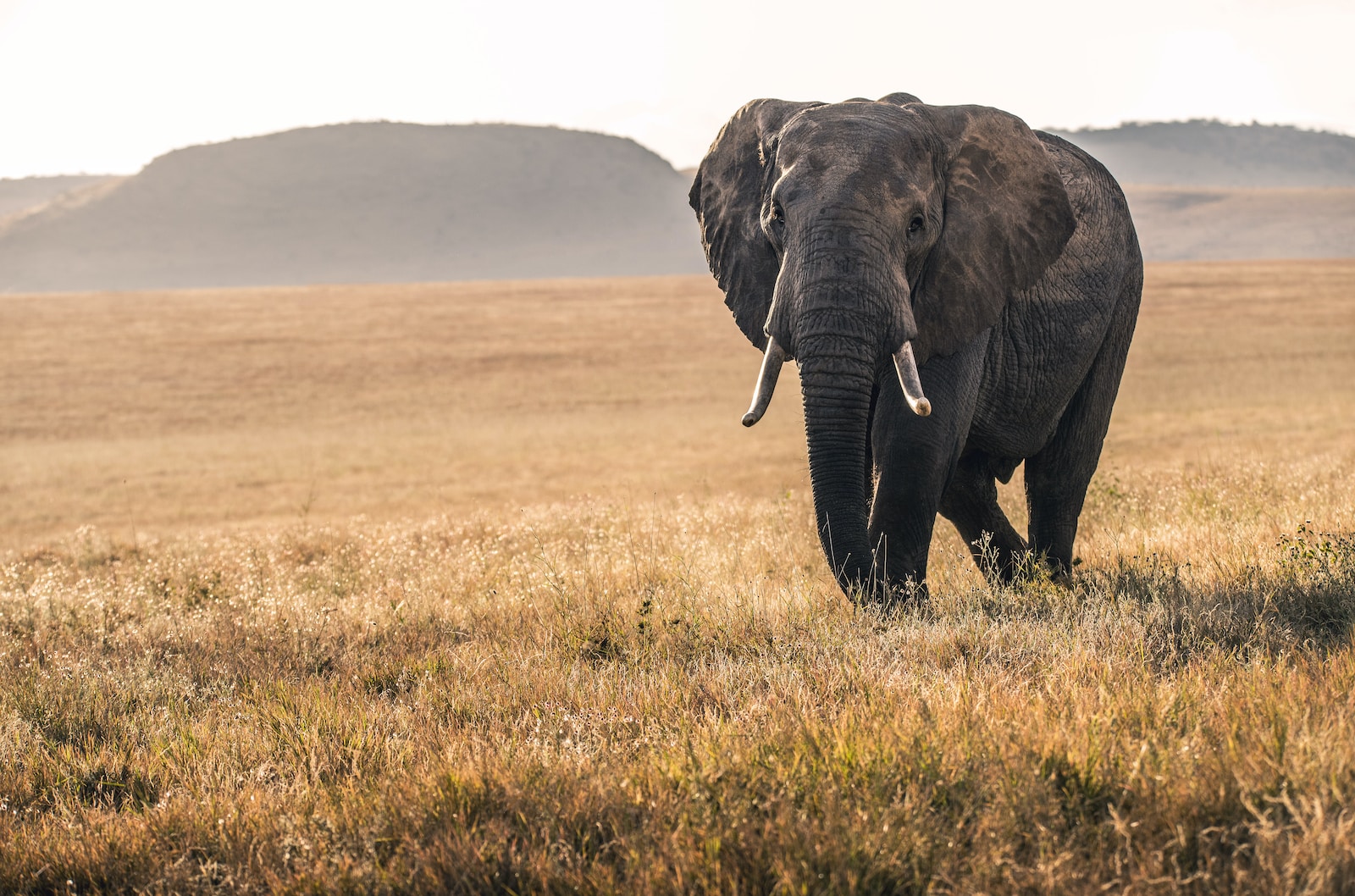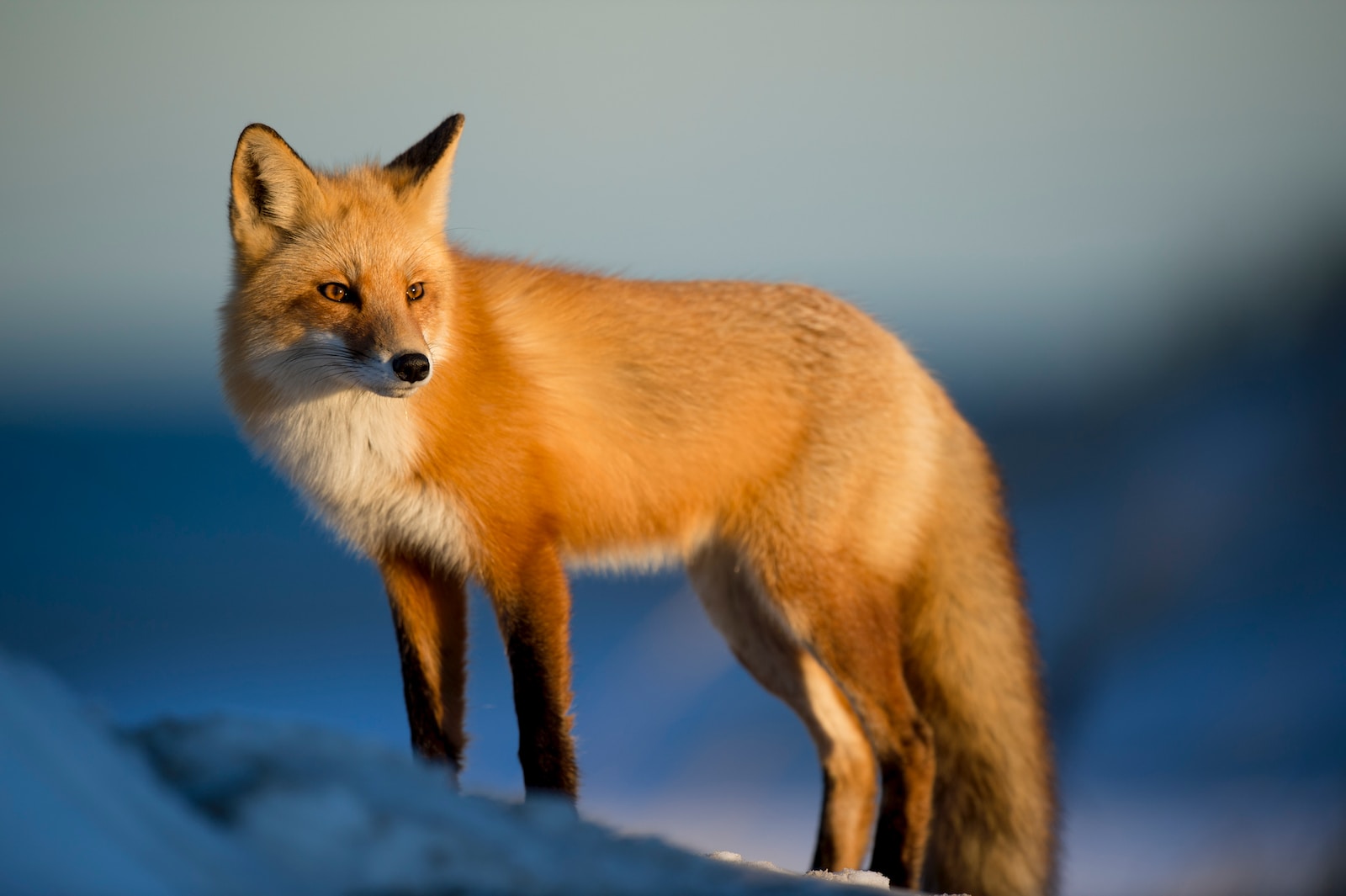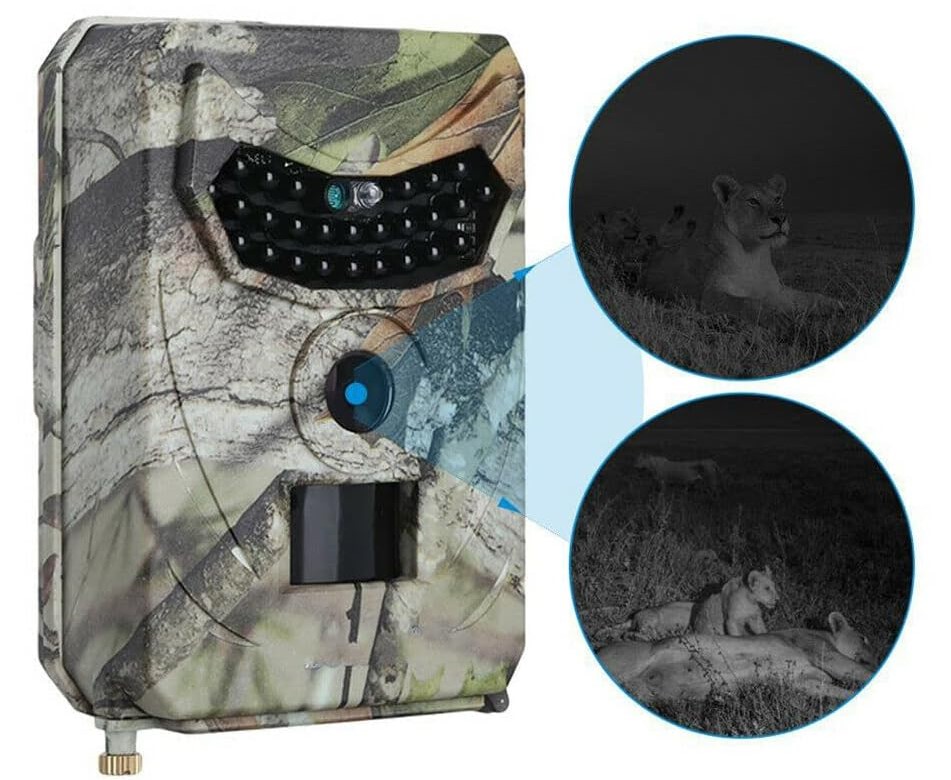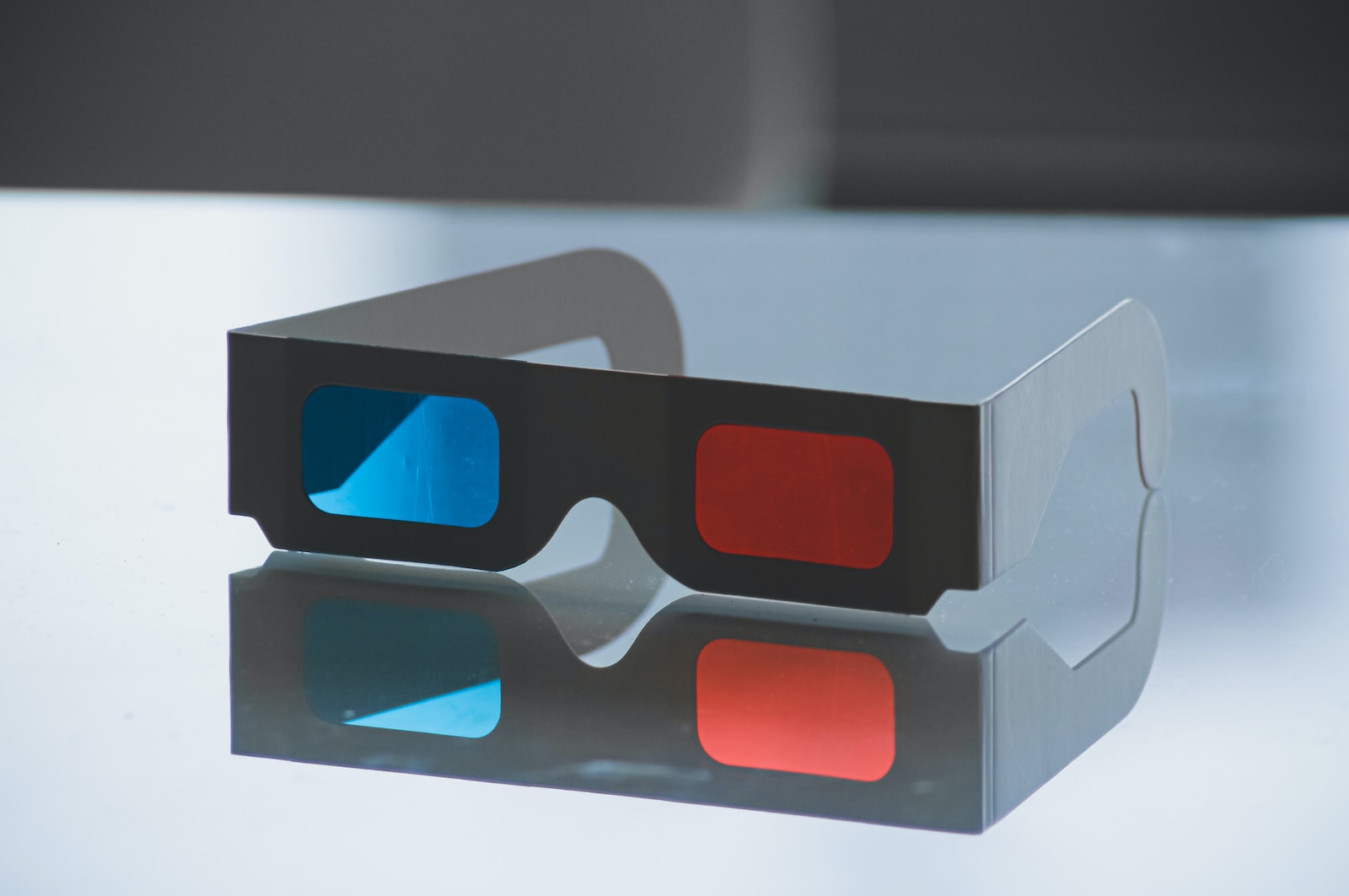Welcome to “Monetize Your Love for Wildlife: A Guide to Wildlife Photography” blog! If you have a passion for wildlife and want to turn it into a profitable venture, you’ve come to the right place. In this blog, we will explore the techniques of wildlife photography, discuss the essential equipment needed, and provide expert insights on how to sell your captivating wildlife photos. Get ready to unleash your creativity and embark on an exciting journey to transform your love for wildlife into a successful business.
Table of Contents
Equipment: The Quest for the Perfect Shot
To capture stunning wildlife photographs, it’s essential to have the right equipment at hand. A high-quality digital camera with a telephoto lens is a photographer’s best friend in the wild. It allows you to get up close and personal with your subjects without disturbing them. Additionally, investing in a sturdy tripod will help you stabilize your shots, ensuring maximum sharpness and clarity. Don’t forget to pack extra batteries and memory cards – you never know when the perfect moment might present itself.
Choosing the Right Camera
When it comes to wildlife photography, having a camera with advanced autofocus capabilities and a high burst rate is crucial. Look for models that offer fast and accurate focus tracking, allowing you to capture precise details even in fast-paced wildlife scenarios. Consider the camera’s ISO range as well, as it determines how well it performs in low-light conditions – a common challenge in wildlife photography.
Mastering the Telephoto Lens
A telephoto lens is a game-changer for wildlife photographers. With its long focal length, it lets you magnify distant subjects, bringing them closer to the viewer. When selecting a telephoto lens, opt for one with a wide aperture to achieve a shallow depth of field and beautifully blurred backgrounds, highlighting your subject’s details. Don’t forget to use a lens hood to reduce glare and protect your lens from dirt and moisture in the wild.
Techniques: Capturing Wildlife Wonders
Wildlife photography demands patience, skill, and a deep understanding of animal behavior. Below, we explore some essential techniques that will help you capture captivating wildlife photographs:
Research and Scout
Before heading out into the wild, conduct thorough research on your target subjects. Learn about their habitats, habits, and the best time to photograph them. Explore online forums, watch wildlife documentaries, and connect with experienced wildlife photographers for valuable insights. Once on location, scout the area to identify key spots for potential wildlife sightings.
Mastering Exposure and Lighting
Proper exposure and lighting are crucial for wildlife photography. Pay attention to the histogram on your camera’s display to achieve a well-balanced exposure. Experiment with different metering modes, such as spot metering, to accurately expose your subject, particularly when dealing with challenging lighting conditions. Utilize golden hours – the early morning and late afternoon – when the sun’s soft, warm light adds a magical touch to your wildlife images.
Noise Reduction and Image Stabilization
Noisy images can often be a drawback in wildlife photography, especially when shooting at higher ISO settings. To minimize noise, shoot at the lowest ISO possible and use noise reduction techniques during post-processing. Additionally, image stabilization systems, either built into your lens or camera body, can help counteract camera shake, ensuring crisp, blur-free shots.
Composition and Patience
Compose your wildlife images thoughtfully to create visually striking photographs. Experiment with the rule of thirds, leading lines, and framing techniques to add depth and interest to your shots. Patience is key – wait for the perfect moment, such as an animal interaction or a unique behavior, to capture truly remarkable images that tell captivating stories.
Monetizing Your Wildlife Photography
Now that you’ve honed your wildlife photography skills, it’s time to monetize your captivating images. Here are a few tips on how to sell your work:
Building an Online Portfolio
Create a professional online portfolio showcasing your best wildlife photographs. Use an easy-to-navigate website or leverage popular photography platforms to display and sell your images. Organize your portfolio into cohesive galleries and use captivating captions to engage potential buyers.
Licensing and Stock Agencies
Consider licensing your wildlife photographs through stock agencies. These agencies allow individuals and businesses to purchase the rights to use your images for a variety of purposes, including advertising, editorial content, and commercial projects. Research reputable stock agencies and submit your work for consideration. Ensure your images have appropriate keywords and descriptions to increase visibility and potential sales.
Print Sales and Merchandise
Explore the world of print sales by offering high-quality prints of your wildlife photographs. You can sell them as matted prints, framed artworks, or even on merchandise like calendars, postcards, and coffee table books. Partner with local art galleries, nature centers, or set up an online store to reach a wider audience of art enthusiasts and wildlife lovers.
Did you know that some professional wildlife photographers spend weeks or even months waiting for the perfect shot?
A How-To Guide: Tips and Techniques for Wildlife Photography
Wildlife photography is not just a hobby; it can be a highly rewarding venture if done right. By capturing the beauty of wildlife through your lens, you can monetize your passion and turn your love for wildlife into a profitable venture. In this guide, we will explore some essential tips and techniques that can help you improve your wildlife photography skills and increase your chances of selling your work.
Get to Know Your Subject
Understanding the behavior and habits of the wildlife you intend to photograph is crucial. Spend time researching and observing the animals you want to capture on camera. Learn about their natural habitats, feeding patterns, and movement. The more you know about your subject, the better equipped you will be to anticipate their actions and capture unique moments.
Invest in the Right Equipment
While it’s possible to take great wildlife photos with basic equipment, investing in quality gear can significantly enhance your results. A telephoto lens with a focal length of at least 300mm is essential for wildlife photography as it allows you to get close-up shots without disturbing the animals. Additionally, consider using a sturdy tripod to keep your camera steady, especially when shooting in low light conditions or using a long lens.
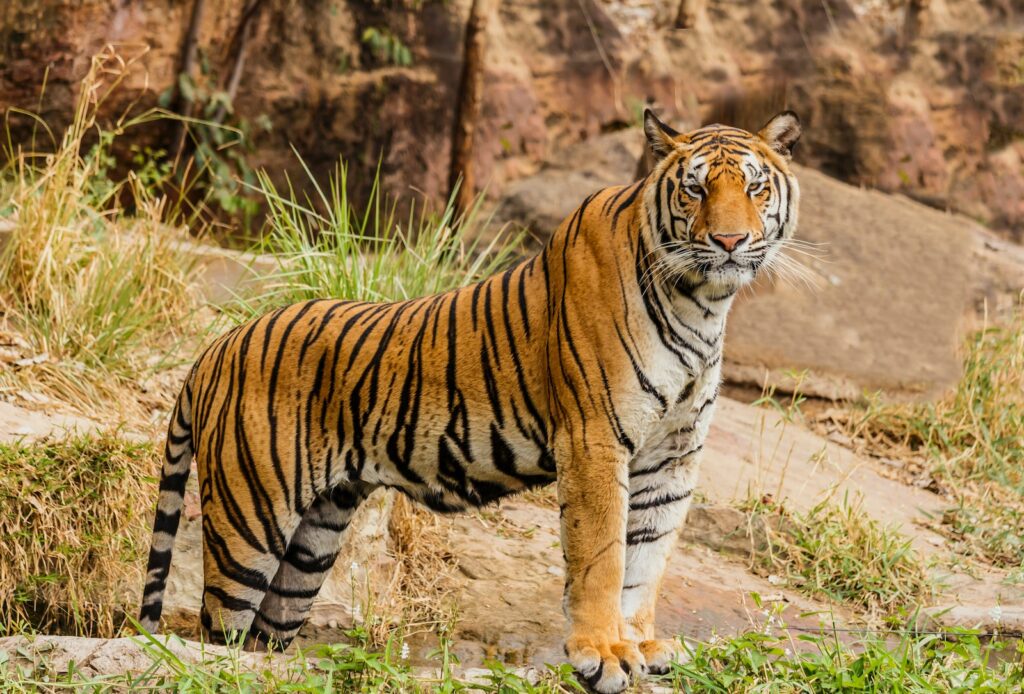
Patience and Persistence
Wildlife photography requires patience and persistence. Sometimes, you may have to wait for hours or even return to the same spot multiple times to get the perfect shot. Be prepared to invest time and effort in your craft, and be patient enough to wait for the right moment. The more time you spend observing and understanding your subject, the better your chances of capturing unique and captivating images.
Master the Art of Composition
Composition plays a significant role in wildlife photography. Use the rule of thirds to create a visually appealing composition by placing your subject off-center. Pay attention to the background and ensure it doesn’t distract from the main subject. Experiment with different angles and perspectives to add depth and interest to your photographs.
Use Natural Light to Your Advantage
Natural light can make a world of difference in your wildlife photographs. Avoid shooting in harsh sunlight as it can create harsh shadows and overexposed images. Instead, aim to shoot during the golden hours – the first hour after sunrise and the last hour before sunset – when the light is soft and warm. This lighting condition can enhance the colors and textures in your images, creating a more appealing result.
Be Ethical and Respectful
As wildlife photographers, it’s essential to prioritize the well-being of the animals and their habitats. Always adhere to ethical guidelines and respect the wildlife you are photographing. Do not disturb or interfere with their natural behaviors, and never endanger yourself or the animals in pursuit of the perfect shot. Remember, the welfare of the subjects should always come first.
By following these tips and techniques, you can improve your wildlife photography skills and increase your chances of selling your work. Remember, monetizing your love for wildlife requires dedication, practice, and constant learning. So, get out there, explore the magnificent world of wildlife, and capture moments that will not only bring you joy but also attract buyers to your exceptional wildlife photographs.
Frequently Asked Questions
1. What is wildlife photography?
Wildlife photography is the art of capturing images of animals, birds, and other forms of wildlife in their natural habitats. It requires a deep understanding of animal behavior, patience, and a keen eye for composition.
2. What equipment do I need for wildlife photography?
To capture stunning wildlife photos, you will need a good quality DSLR or mirrorless camera with interchangeable lenses. Invest in telephoto lenses with a long focal length to get close-up shots of distant wildlife. A sturdy tripod, a camera bag, and extra batteries and memory cards are also essential.
3. What are some wildlife photography techniques I should know?
Here are a few essential wildlife photography techniques:
- 1. Patience: Wildlife photography requires waiting for the right moment to capture the perfect shot. Be prepared to spend long hours observing and waiting for wildlife to exhibit interesting behaviors.
- 2. Composition: Pay attention to the background, use the rule of thirds, and create visually appealing images by framing your subject correctly.
- 3. Lighting: Make use of natural light by shooting during the golden hours of sunrise and sunset. Also, be aware of the direction and quality of light to achieve the desired effect.
- 4. Shutter speed: Use a fast shutter speed to freeze the motion of wildlife or a slower shutter speed to create motion blur for dynamic shots.
4. How can I sell my wildlife photos?
To sell your wildlife photos and monetize your passion, consider the following options:
- 1. Stock Photography Websites: Submit your best images to reputable stock photography websites and earn a royalty each time someone purchases and downloads your photos.
- 2. Local Exhibitions and Art Shows: Display your work at local galleries, exhibitions, and art shows to attract potential buyers.
- 3. Online Marketplaces: Set up an online store or use platforms like Etsy or Fine Art America to sell your wildlife prints directly to customers.
- 4. Collaborations: Work with publications, magazines, or wildlife conservation organizations to sell your images for editorial use.
5. How can I improve my wildlife photography skills?
Improving your wildlife photography skills is an ongoing process. Here are a few tips to help you enhance your craft:
- 1. Study Animal Behavior: Understanding the behavior of the animals you are photographing can help you anticipate their actions and capture more compelling shots.
- 2. Learn from Experts: Take workshops, read books, and watch tutorials by experienced wildlife photographers to gain valuable insights and techniques.
- 3. Practice Patience: Wildlife photography requires patience and persistence. Spend time in the field, observing and waiting for the perfect shot.
- 4. Experiment with Different Perspectives: Try shooting from different angles, using different lenses, and experimenting with composition to create unique images.
Wrap Up
Monetizing your love for wildlife through photography is not only a rewarding experience but also a great way to turn your passion into a profitable venture. By mastering the techniques of wildlife photography, investing in the right equipment, and exploring various avenues to sell your work, you can successfully create a business out of your passion. Remember, practice makes perfect, so keep honing your skills and never stop learning. Whether you aspire to sell your wildlife photos or simply want to capture the beauty of nature, always remember to enjoy the process. So, what are you waiting for? Grab your camera, embark on exciting wildlife adventures, and share your stunning images with the world. Leave a comment below and let us know about your wildlife photography journey!
